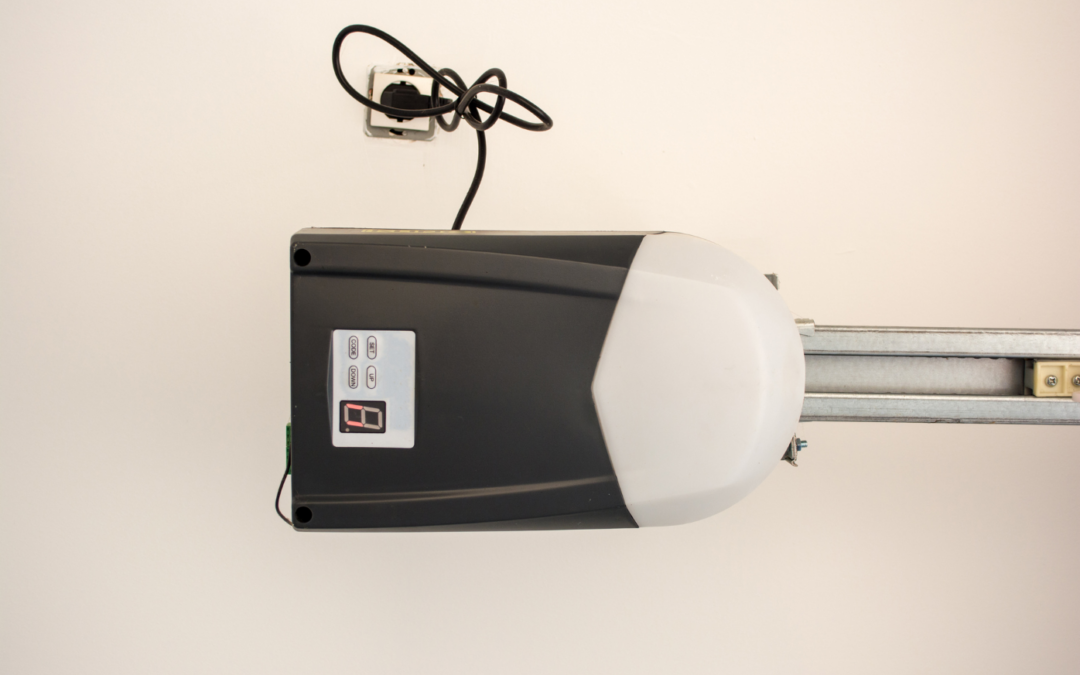Garage door openers are essential household items, blending modern convenience with advanced technology to enhance home security and accessibility. However, they are not immune to issues. Homeowners may face challenges such as doors not opening or closing properly, unexplained noises, or remote control malfunctions. Troubleshooting these common problems is an important skill for maintaining the functionality and safety of your garage door opener.
Understanding the cause of these issues is key to finding the right solution. Common problems can range from simple fixes like battery replacement in remote controls to more complex issues like misaligned sensors or mechanical wear and tear. Knowing how to identify and address these problems can save time and ensure your garage door operates smoothly and safely.
Understanding Your Garage Door Opener
Garage door openers are intricate mechanisms. Common types include chain drive, belt drive, and screw drive. Each has unique characteristics and maintenance requirements. Knowing your type is the first step to effective troubleshooting.
Common Garage Door Opener Problems
Several issues can arise with garage door openers:
- Broken Springs: Critical components that can fail due to metal fatigue. Most residential doors use 10,000 cycle springs, lasting 7-10 years. Upgrading to 30,000 cycle springs can enhance longevity.
- Safety SensorProblems: Misalignments or obstructions in the safety sensors (IR sensors) can prevent the door from closing. Regular checks and realignments are often effective solutions.
- Stripped Gears or Sprocket Bearings: These issues are common in chain drive openers and can result in the door not opening, despite a running motor. DIY repairs are possible, but complex cases may require professional assistance.
- Remote Control Malfunction: Issues with the remote can range from dead batteries to signal interference or receiver problems. Reprogramming or replacing the remote may be necessary.
- Wall Switch Not Working: If the wall switch doesn’t operate the garage door, the issue could be electrical, such as wiring problems or a faulty switch.
- Door Reverses Before Hitting the Floor: This can be caused by close-force settings or issues with the safety sensors. Adjusting the settings or aligning the sensors can help.
- Door Does Not Fully Close or Opens Back Up: Limit switch problems can cause the door to stop before hitting the floor or reverse upon closing. Adjusting the limit switch often resolves this.
- Noisy Operation: Grinding, squeaking, or rumbling noises can indicate mechanical problems, such as issues with the rollers, springs, or opener’s motor.
- Door Opens But Motor Continues Running: This rare issue is usually due to a limit switch that needs adjustment away from the motor unit.
- Keypad Not Working: Keypad issues can be due to dead batteries, wear and tear, or electrical problems.
- Frozen Garage Door: In cold climates, the garage door can freeze to the ground, preventing it from opening.
- Door Off Track: If the garage door is off its track, it won’t slide properly and can be dangerous. This typically requires professional repair.
- Automatic Opener Issues: Problems like the opener not responding to commands can be due to various issues, including electrical faults, motor problems, or settings needing adjustment.
Safety First
Garage door repair can be dangerous. More than 20,000 ER visits are related to garage door injuries yearly, with at least 1,600 during repair and maintenance. Always disconnect power and wear safety gear. When in doubt, consult a professional.
Troubleshooting Guide
Start by checking the simplest solutions: power source, remote batteries, and clear sensors. If the issue persists, examine mechanical parts like springs, cables, and gears. Avoid adjusting opener settings, as this can cause further damage.
Maintaining Your Garage Door Opener
Regular maintenance can prevent many common issues. Inspect and lubricate moving parts, realign safety sensors, and test the auto-reverse feature. Remember, the average garage door opens and closes around 1,500 times a year, so routine checks are vital for smooth operation.
Upgrading Your Garage Door Opener
Consider upgrading if your opener is old or lacks modern features like smart technology. New openers are more energy-efficient, consuming 75% less energy in standby mode than older models.
Knowledge of basic troubleshooting and regular maintenance can keep your garage door opener running smoothly. Be aware of common issues and don’t hesitate to seek professional help for complex repairs. For expert assistance with your garage door opener issues, trust Garage Door Repair Star. Click here for prompt and professional service: Contact Garage Door Repair Star.
FAQs
Q: How often should I replace the springs on my garage door opener?
A: Most residential garage door springs are designed for 10,000 cycles, equating to about 7-10 years of usage. Consider upgrading to high-cycle springs for longer life.
Q: What should I do if my garage door opener’s remote control stops working?
A: First, check and replace the batteries. If the issue persists, reprogramming the remote or checking for signal interference may be necessary. If these steps don’t work, the remote or receiver may need replacement.
Q: Can I repair my garage door opener myself?
A: Simple tasks like realigning safety sensors or replacing batteries are usually DIY. However, complex issues like broken springs or stripped gears require professional expertise, especially considering the safety risks involved.

